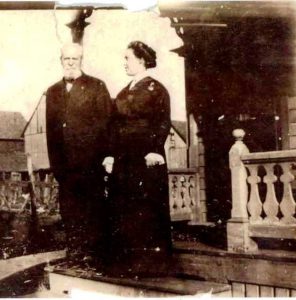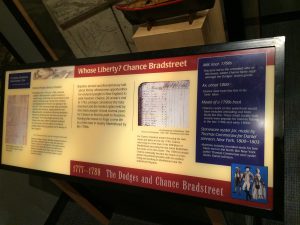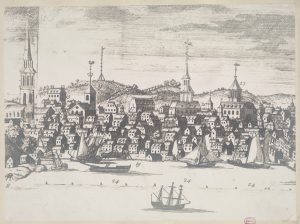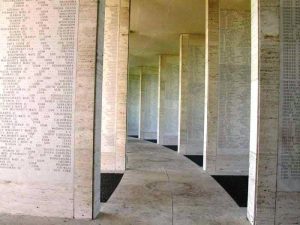
In the summer of 1970 I was witness to a ritual that had eluded parts of my family for more than one hundred years. This ritual was the graveside service for my great-grandmother Mary Elizabeth (Kraus) Ogle (1886–1970) in a designated or an “ancestral” family burying ground.[i] By this late date, most of my family had revolted against the idea of “family plots,” preferring instead their own unique nomadic burials during the nineteenth-century westward expansion, or, perhaps later, in efforts to escape the Dust Bowl of the 1930s. Continue reading Plot lines








